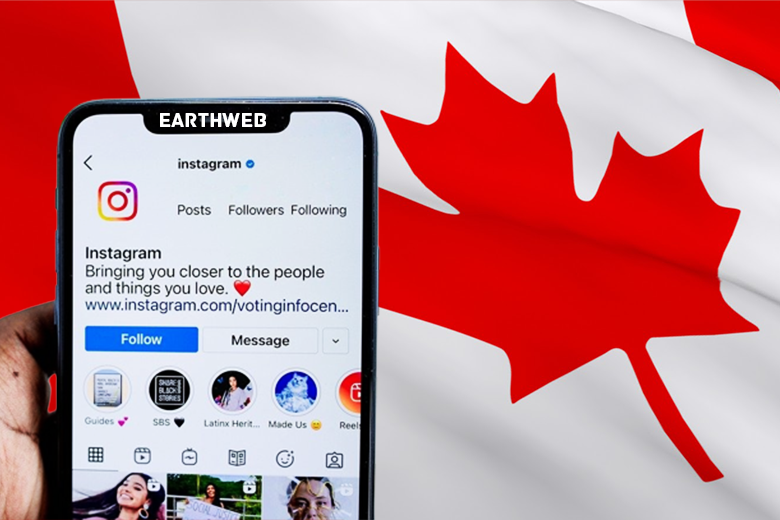Site loading speed is one of the most important aspects of any website. The faster your site loads, the better it will be for both you and your visitors. The faster a website loads, the less likely people are to abandon it before they’ve even read its content—which means more conversions! So how do you make sure your page load speed a bit fast? Well, there are several key factors that can affect site speed:
Page load speed can be affected by many things, but here are some of the top factors.
- Server Response Time
Server response time is the amount of time it takes for a server to respond to a request. The faster your server response time, the faster your site page load time will be. The more resources being requested by users at once, and how many people are actually requesting those resources at once (such as through a search engine) can also affect how fast your server responds.
2. Platform/CMS (WordPress, Squarespace)
Most web design books, blogs, and websites will tell you that you should use a Content Management System (CMS) like WordPress or Joomla to build your website. They won’t tell you they could potentially slow your site down. The problem is that each CMS comes with hundreds of plugins that add features on top of its core functionality. Though they make the CMS more attractive, they actually greatly helps in optimizing website speed because every one of these plugins comes with its own set of functions loaded by the browser when accessing a page.
- 3. HTTP requests
Reduce the number of HTTP requests by optimizing your images and reducing the size of your GIFs. This can be done by using sprites, image maps and CSS Sprites (CSS sprites). Another way to reduce the number of HTTP requests is to create a caching plugin for WordPress so that pages will be stored in memory instead of being sent back to Google’s servers once they are loaded into memory by users browsing through them on their computers/mobile devices etc..
- 4. Server Location
The closer a server is to the visitor, the faster it will load. This is because there’s less distance for data to travel between them and also less latency (the amount of time it takes for information to travel from one place to another). The farther away a server is from your visitor, the slower that information will travel and therefore more latency will occur. The less latency there is, the better!
- 5. Hosting Type
The type of hosting you’re using is one of the most important factors in determining how fast your site will load. This can be either a shared or dedicated server, and there are several different types of each. The two main types are virtual private servers (VPS) and dedicated servers. A VPS is like an apartment building—it’s shared among multiple tenants who pay for their own space but share common areas like an elevator or lobby. Dedicated server providers offer more control over their hardware, allowing them to customize settings such as memory allocation, processor clock speed and hard drive size; however they also require higher upfront costs because they’re more expensive than VPSs.*
- 6. Host Performance
Host performance is one of the biggest factors affecting site loading speed. A good host will have fast servers, and a good network. A bad host will have slow servers, and a bad network. A good host will also have a good network (a lot of bandwidth). They’ll be able to offer you more bandwidth than most other hosts out there because they’ve invested money in their infrastructure—and this means faster website loading times!
A bad host could still be okay if they’re hosting your website on its own server with plenty of storage space for its contents; but if it’s only being hosted by another provider (like us), then it won’t have enough space for all that content which means that everything gets stored offsite somewhere else before being loaded onto your site’s pages asynchronously after everything else has been uploaded instead of just having everything loaded at once like normal.”
- 7. Visitors Geographic Location
As you can see, there are a lot of factors that affect your website’s load time. The first thing to look at is the geographic location of your visitors. If they’re coming from far away, it’ll take longer for them to download all their data and begin using your site.
Then, look at how long these visitors spend on each page within your website before leaving it: if they never leave the same page again, then this means most likely that their computers are slow or malfunctioning or otherwise unable to handle all those pages quickly enough; however if you see people going back and forth through many different pages before leaving (and therefore spending more time browsing around), this is another sign that something might be wrong with how fast things are loading!
- 8. Site Design
The design of your website can affect loading speed. The more images you have, the slower your site will load. The more scripts and plugins you have, the slower your site will load.
- 9. External Scripts and Widgets
External scripts and widgets can slow down your site. They include images, fonts, ads and more. For example, if you have an image in the background of your page that has been downloaded from a different website that doesn’t have all of its assets on the same domain as yours (like Google Images), then it will take longer for Google to process this request because they need access to all those other files too. In order for things like this to work properly though we need:
- A CDN (content delivery network) where we store our assets like images so when someone requests them from our site they’re served from their own CDN instead of ours which speeds up load times significantly!
- An HTTP Cache Object – This is basically just another version of our website stored locally on each visitor’s computer so if someone visits us again later it could just be cached automatically without having them redownload everything every time 🙂
- 10. Image Optimization
Image optimization is one of the most important things you can do to improve your site load speed.
Here are some tips for optimizing images:
- Use image compression (JPEG, PNG) or vector graphics instead of rasterized images.
- Use CSS sprites if you’re using multiple versions of a single image; this will reduce the number of HTTP requests needed to download all the different versions at once.
- Use lazy loading techniques such as preloading and prerendering, which allow users with slow connections or browsers that don’t support data delivery speeds such as Edge or Firefox with WebGL enabled on them still enjoy fast page loads by only downloading what’s needed when it’s requested by users rather than preloading everything from scratch every time someone visits your site.*
Conclusion
The bottom line is that your website loading speed can be affected by many things, but it’s not all about the graphics. You need to make sure you optimize your site, take into account external scripts and widgets as well as HTTP requests and server response times. If you think about all these factors when planning out a new website, then you won’t have any problems with loading time!










